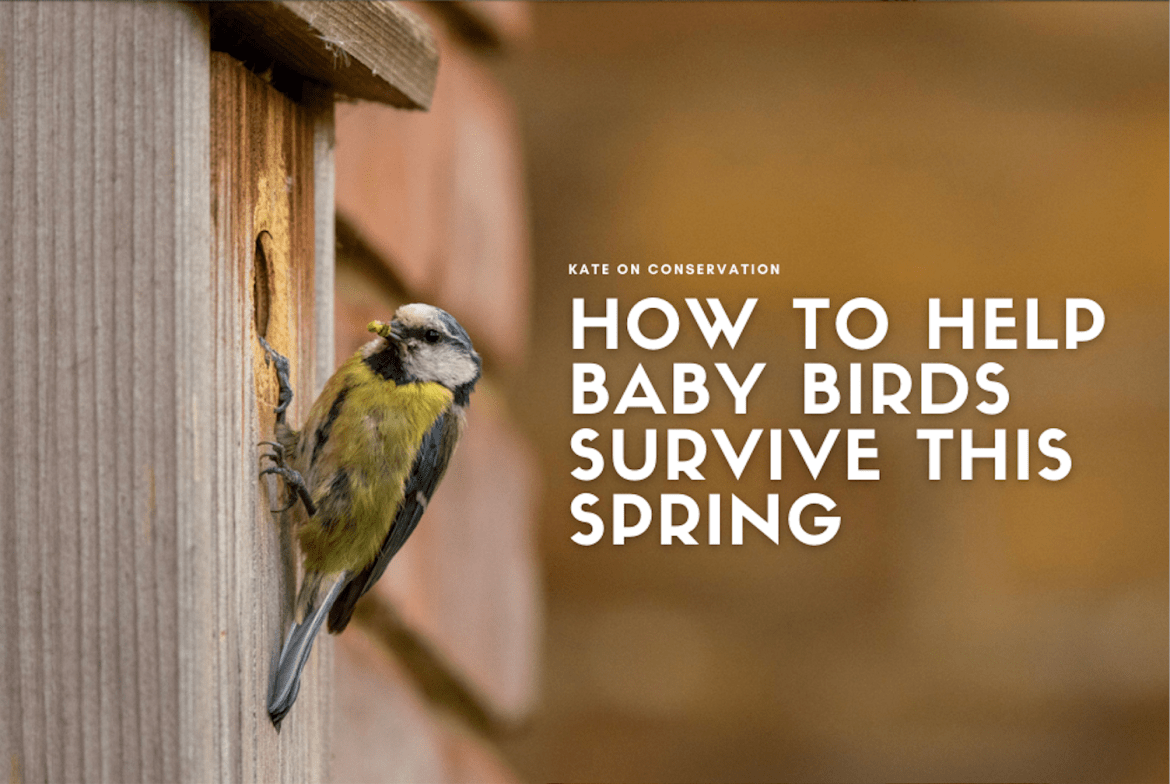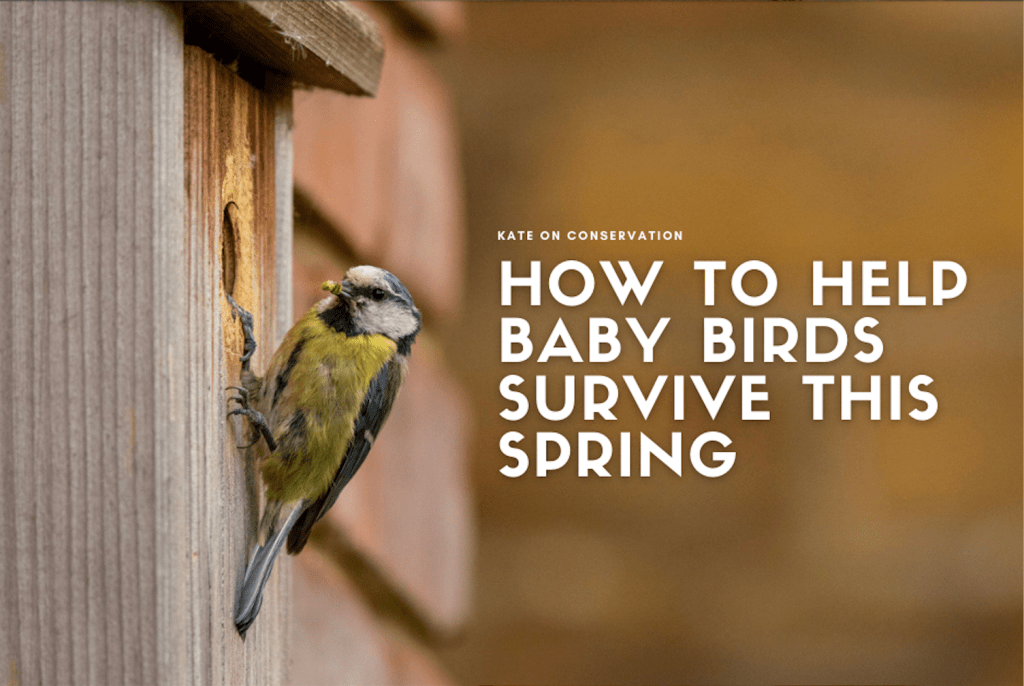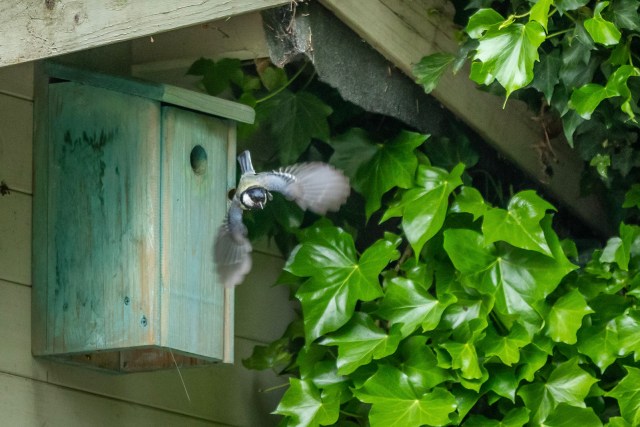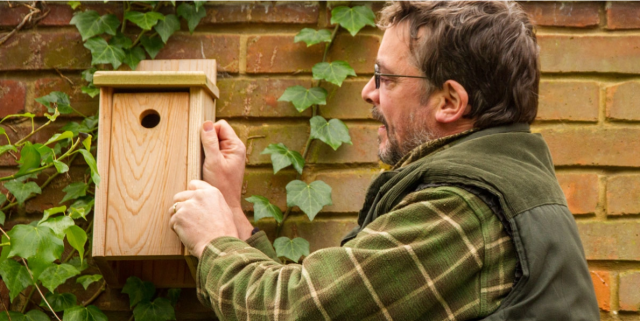
Spring is lastly upon us correct proper right here all through the UK, – and now’s the simplest time to assist our nesting fowl species. For this buyer weblog put up, Sean McMenemy from Ark Wildlife explains how we’ll help our feathered associates uncover their good love nest and produce infant birds that thrive.
Save our infant birds this spring by establishing ‘love nests’, urges UK wildlife professional
The chances are frequently stacked within the path of infant birds, who ought to look at to fly, feed and develop predator consciousness to outlive leaving the nest. In response to the RSPB, solely 37% of blue tits make it by way of their first yr of life.
Plus, spherical 90% of the world’s birds are monogamous, sticking to 1 mate at a time, however some birds are having exact drawback reproducing. So this Spring, wildlife consultants are urging most people to make ‘love nests’ for visiting birds.
Teen birds want our assist
One in 4 UK fowl species is beneath excessive menace in line with the newest Birds of Conservation Concern report and native local weather change is wreaking havoc with breeding patterns. With some eggs hatching ahead of insect-based fowl meals is in the marketplace, toddler birds have a tough time surviving their early days.
Sean McMenemy, founding father of Ark Wildlife, says: “Between the dearth of woodland, tidier gardens and fashionable, insulated properties, our poor outdated birds are left with far fewer nesting alternate choices.
Gap-nesting birds equal to blue tits will notably admire a acceptable nest topic. Open-fronted nest packing containers will attraction to much more species, together with robins and blackbirds.
“Feeding birds is rewarding ample, however nothing compares to watching just a little little bit of fowl take its first flight, notably if it’s from a nest topic you organize your self. And if we give birds additional areas to nest and supply healthful fowl meals, they’ll mate additional, which is able to assist to gradual the alarming decline in fowl species.”
How one can create a love nest for birds
Merely as us of us all have preferences regarding the place we go on dates and lift a household, so do birds. Some, like sparrows and blue tits, favour nest packing containers with small entrances. Whereas others, equal to robins and wrens, need open-fronted nest packing containers. Then there are birds like starlings and woodpeckers, who want bigger holes of their nest packing containers.
Sean particulars the steps for making and inserting your nest topic
1. Select some weatherproof timber, not decrease than 15mm thick
2. Use a plan like this RSPB one to chop the picket to dimension
3. Assemble the sphere, utilizing galvanised screws
4. In the reduction of the appropriate dimension gap for the birds you will wish to attraction to
5. Place the nest topic on a wall or tree (2-4m excessive for lots of birds)
Why do some birds mate for all cases and others don’t?
Absolutely completely totally different fowl species methodology romances in a variety of methods. Home sparrows, as an illustration, usually hold dependable to 1 one different for all cases, whereas starlings often protect companions for only one season. Nonetheless, each are clearly having drawback breeding as they each carry out on the pink conservation tips from the British Notion for Ornithology.
Most geese and swans, together with barn owls and a few eagles, mate for all cases. It’d take quite a few time and vitality to discover a mate, so giant migratory birds save their vitality for his or her extended journeys. Bigger birds’ chicks furthermore take longer to incubate and develop, so these birds don’t waste time searching for new companions. As a plus, the longer breeding pairs maintain collectively, the higher they could take care of his or her youthful, offering a much-needed enhance to fowl numbers.



